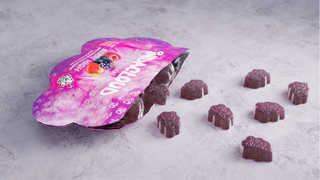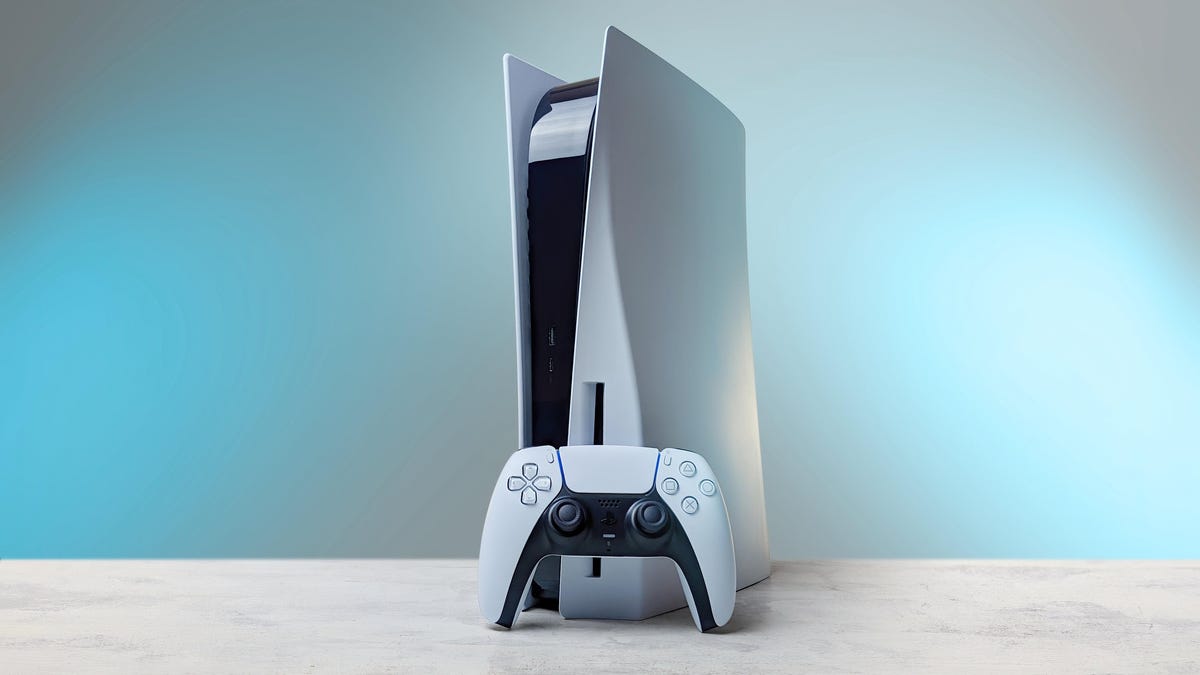Use the ‘Junebug’ Cleaning Method When the Mess Gets Overwhelming
I am not a naturally neat person. I try, but it’s never been a particularly easy or intuitive process. During calmer times, I am able to get by, but when life gets chaotic, which is pretty much all the...


Photo: PR Image Factory (Shutterstock)
I am not a naturally neat person. I try, but it’s never been a particularly easy or intuitive process. During calmer times, I am able to get by, but when life gets chaotic, which is pretty much all the time now, keeping the house clean feels like an almost-impossible task. During these times, one handy survival trick I’ve learned is the “junebug” method of cleaning.
This is the method of cleaning for people who, in addition to being bad at cleaning, are also exhausted, frazzled, distracted and only have a few shreds of executive functioning left. The junebug method is not the most efficient way to clean, nor is it the most photogenic, but it will get you started, even when the simple act of doing anything seems impossible.
What is “junebugging”?
Similar to the way a junebug will try, over and over again, to get through different spots on a window screen, junebug cleaning is when you pick a specific spot in the house that you want to clean, such as the kitchen sink that is piled high with dirty dishes, and then return to that same spot, over and over again, no matter how many times you find yourself wandering away to do something else.
Junebugging is cleaning by distraction, a process by which you put some of the dirty dishes into the dishwasher, only to get distracted by the pile of the laundry that needs to go in the washing machine, which reminds you that there are a million LEGO scattered across the living room floor, which then alerts your attention back to the dishes that are on the kitchen counter, which then brings you back to the kitchen sink, where you again put some more of the dirty dishes in the dishwasher, and (finally) turn it on. As Megan Griffith writes for Yahoo:
It isn’t about finishing tasks in an orderly, step-by-step manner. It’s about getting something done, even if it isn’t what you set out to do. You might start 20 different small cleaning tasks and only finish five, but that’s way better than if you got overwhelmed at the beginning and didn’t do anything. Maybe I didn’t get the dishes loaded, but instead, I started laundry because I saw my husband’s socks, or maybe I picked up my son’s toys because I tripped over them as I was walking from the couch to the laundry, or maybe I even went grocery shopping because I realized we were out of dishwasher tablets.
In-between, there will probably be a toddler whining for snacks, a phone call from a contractor about a quote for getting your bathroom fixtures repaired, and work emails to respond to.
Instead of using the few shreds of mental energy you have left to plan and prioritize what needs to be cleaned, sometimes it’s better to just lean into the chaos, doing whatever is in front of you that needs doing, with your one conscious thought being to return to the original spot you were trying to clean. Given how exhausted and frazzled you were at the beginning of it all, even those clean dishes and fresh clothes will feel like a goddamn miracle.

 JaneWalter
JaneWalter 
































